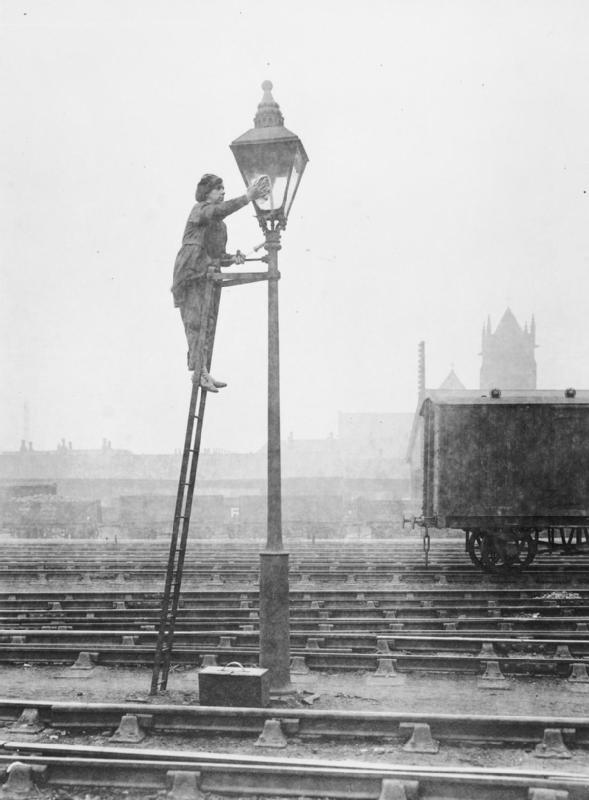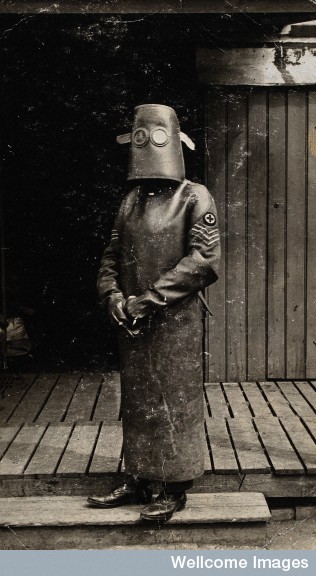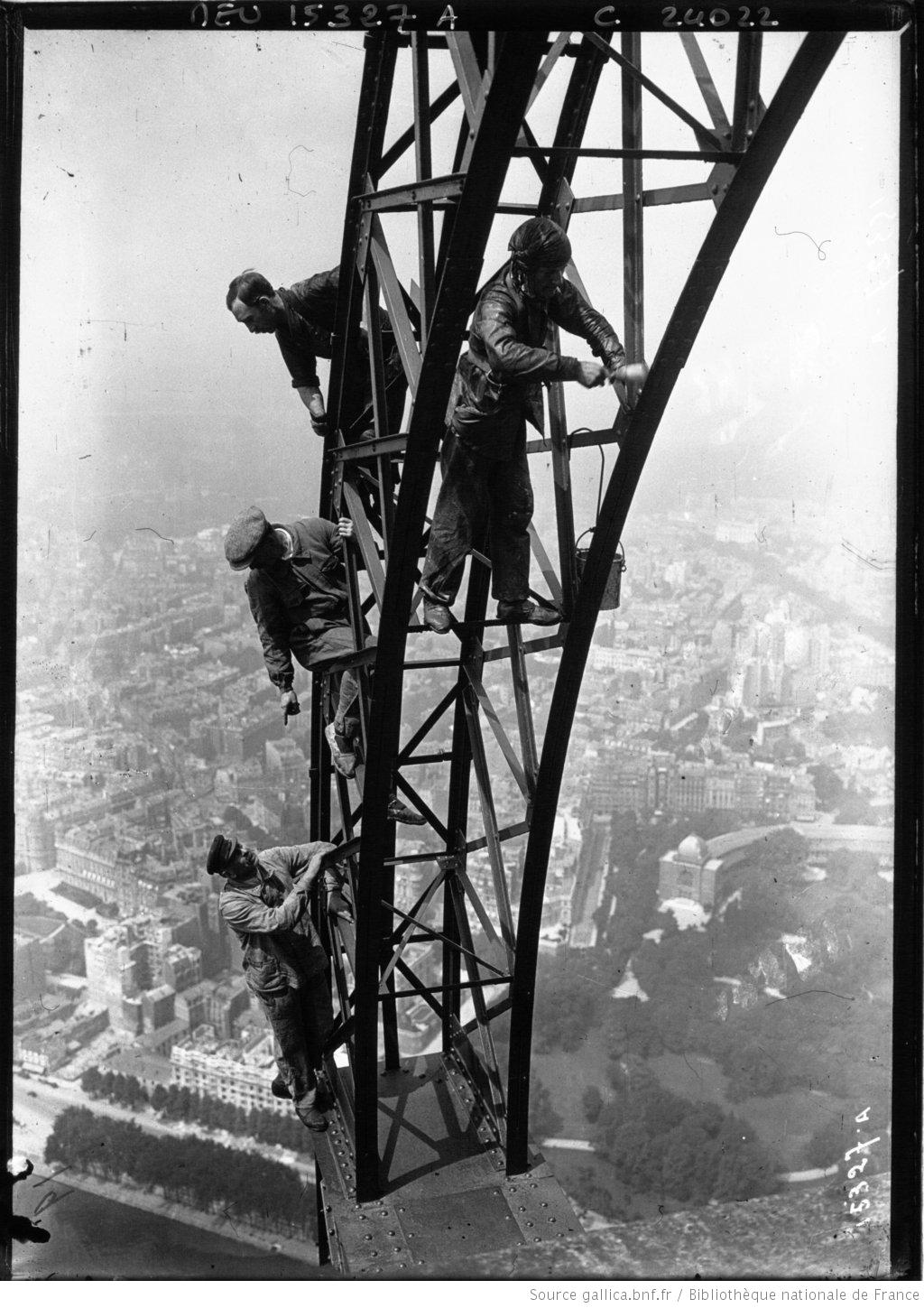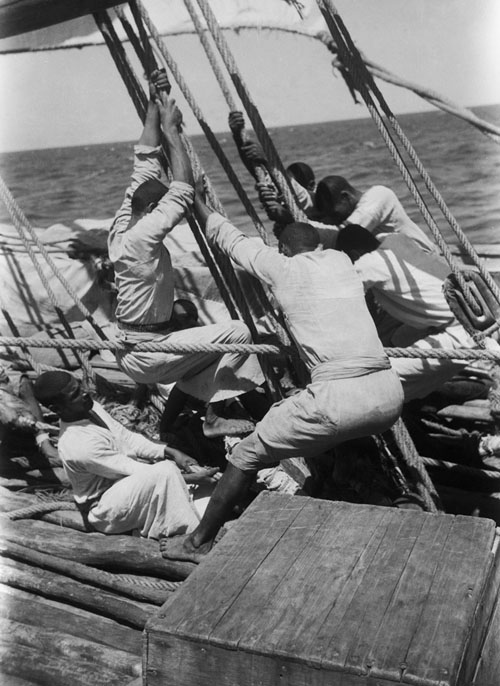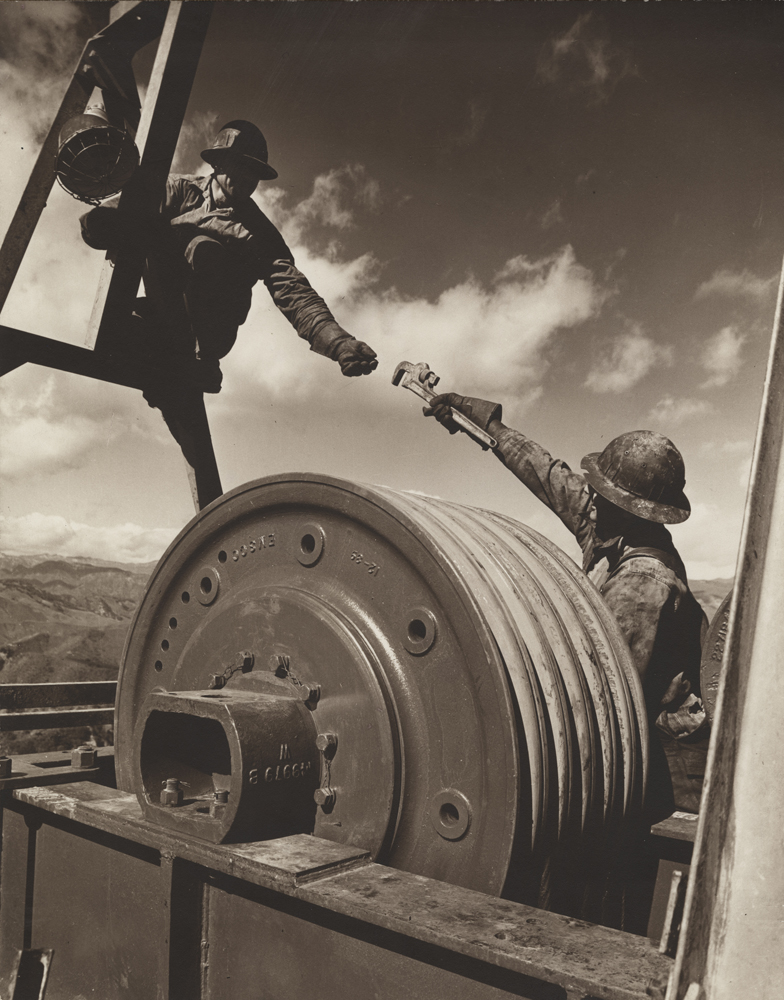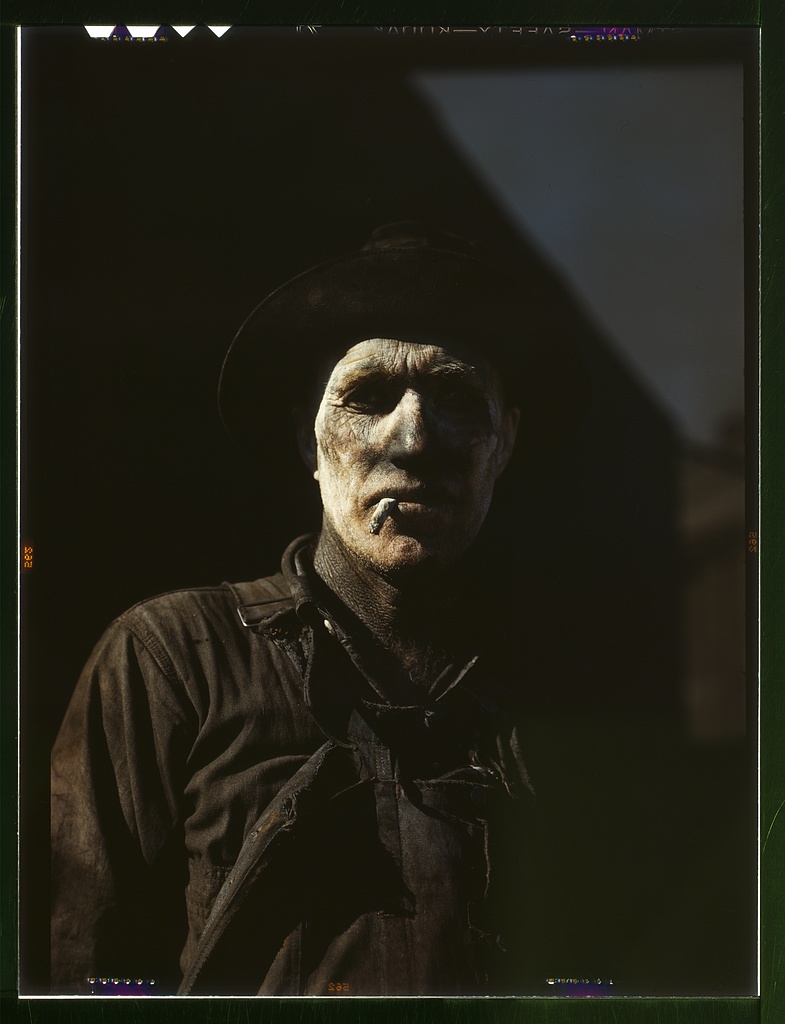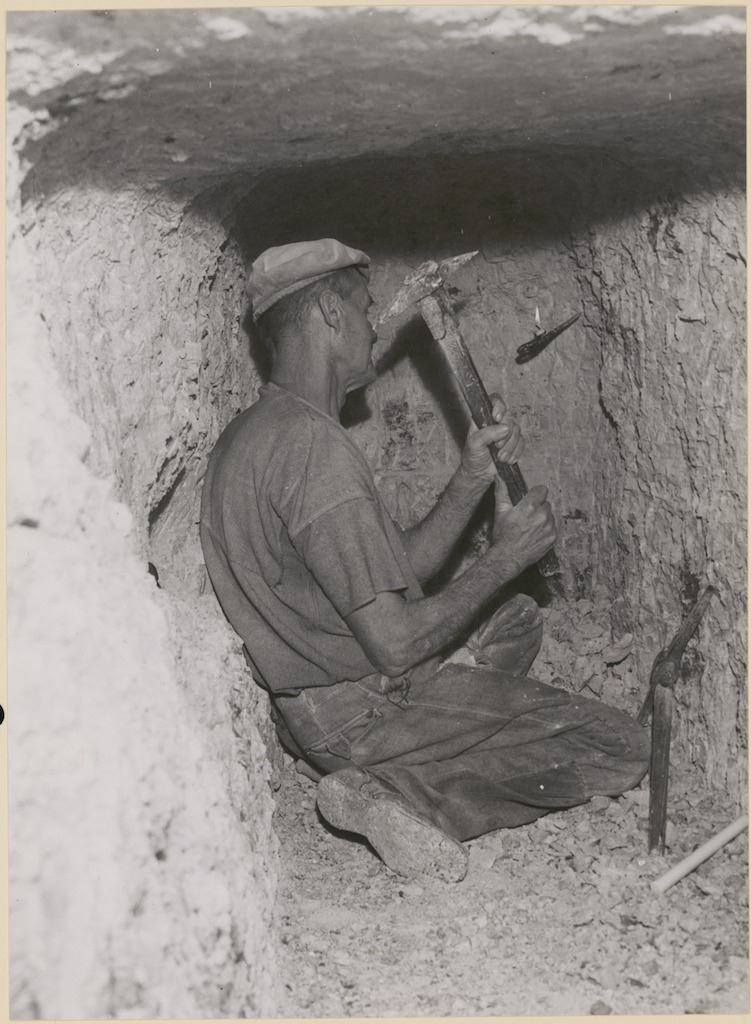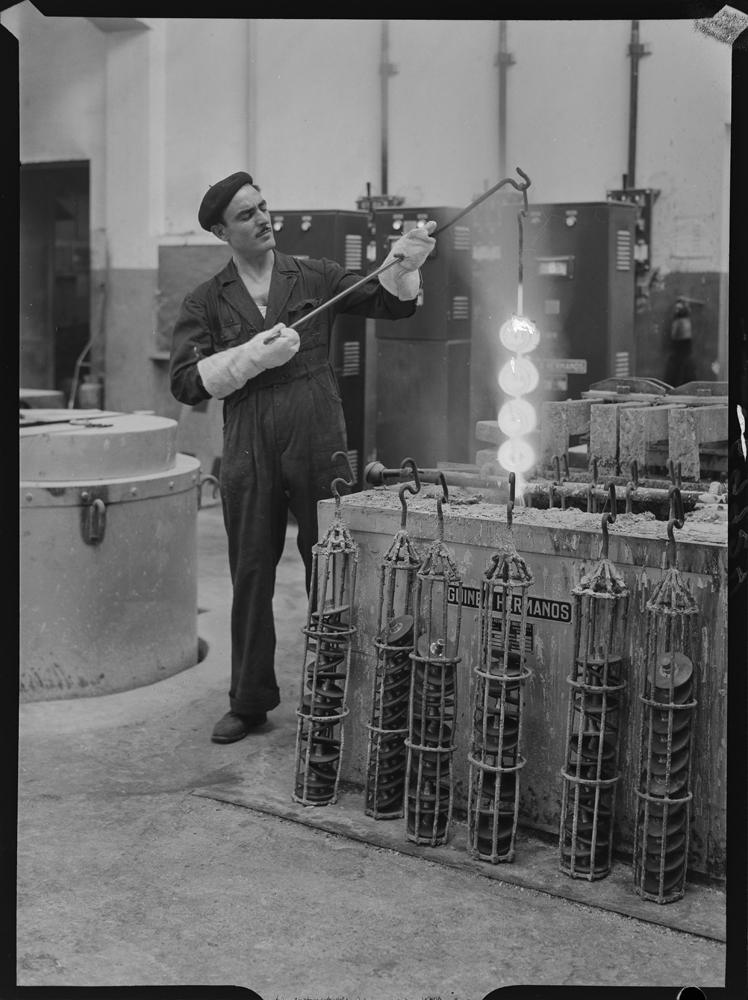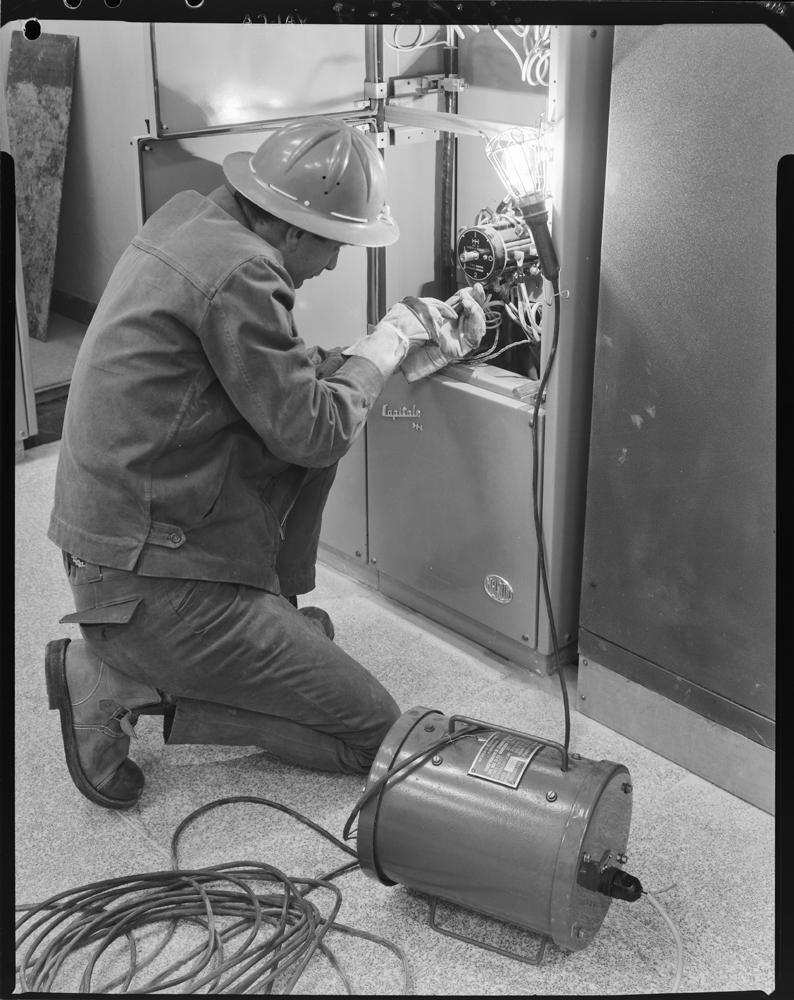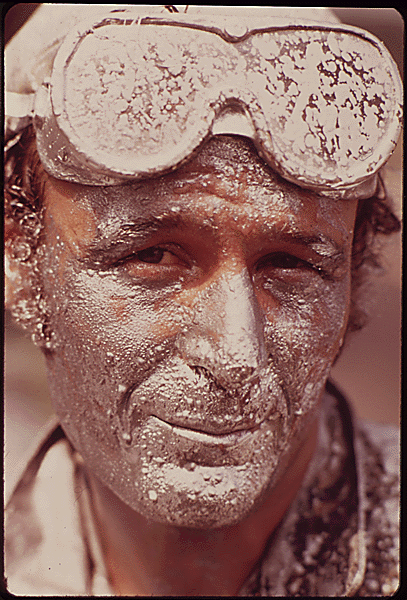HÄRMÄ, M. (2020); KOSKINEN, A.; SALLINEN, M.; KUBO, T.; ROPPONEN, A. et al. Characteristics of working hours and the risk of occupational injuries among hospital employees: a case-crossover study - INVASSAT
Ves enrere HÄRMÄ, M. (2020); KOSKINEN, A.; SALLINEN, M.; KUBO, T.; ROPPONEN, A. et al. Characteristics of working hours and the risk of occupational injuries among hospital employees: a case-crossover study
HÄRMÄ, M. (2020); KOSKINEN, A.; SALLINEN, M.; KUBO, T.; ROPPONEN, A. et al. Characteristics of working hours and the risk of occupational injuries among hospital employees: a case-crossover study
HÄRMÄ, M.; KOSKINEN, A.; SALLINEN, M.; KUBO, T.; ROPPONEN, A. et al. Characteristics of working hours and the risk of occupational injuries among hospital employees: a case-crossover study. Scandinavian Journal of Work, Environment & Health [online]. 2020. 9 p. [Consulta: 23.06.2020] ISSN: 1795-990X. doi:10.5271/sjweh.3905
Objetivos: Investigamos la asociación de las horas de trabajo con lesiones ocupacionales en el trabajo por turnos hospitalarios. Conclusiones: Los resultados indican un mayor riesgo de lesiones laborales durante los turnos nocturnos y durante los días de trabajo después de los turnos nocturnos, y el riesgo aumenta según el número de turnos nocturnos..
Objectius: Investiguem l'associació de les hores de treball amb lesions ocupacionals en el treball per torns hospitalaris. Conclusions: Els resultats indiquen un major risc de lesions laborals durant els torns nocturns i durant els dies de treball després dels torns nocturns, i el risc augmenta segons el nombre de torns nocturns.
Objectives We investigated the association of working hours with occupational injuries in hospital shift work. Methods Registry data of occupational injuries of hospital employees from 11 towns and 6 hospital districts were linked to daily payroll data to obtain working hours for 37 days preceding the first incidence of the injury (N=18 700). A case-crossover design and associated matched-pair interval analysis were used to compare working hour characteristics for three separate hazard windows among the same subjects. Conditional logistic regression was used to calculate odds ratios (OR) with 95% confidence intervals (CI). Results We found an elevated risk of an occupational injury for workdays with evening shifts (OR 1.09, 95% CI 1.03–1.14) and workdays following night shifts (OR 1.33, 95% CI 1.17–1.52). After excluding commuting injuries, the risk increased during the evening shifts (OR 1.15, 95% CI 1.09–1.23) and the work days following night shifts (OR 1.44, 95% CI 1.24–1.69), but was no more significant during the morning shifts. Injury risk increased following a week of ≥5 morning shifts or ≥3 evening shifts, and following a week of ≥4 quick returns, but did not increase according to the number of preceding night shifts. The length of the work shift (OR 1.22, CI 1.06–1.42) – not the length of the weekly working hours – was associated with an increased risk. Conclusions The results indicate an increased occupational injury risk during the evening shifts and during work days following night shifts, with the risk increasing according to the number of evening but not night shifts.
[Compartido bajo licencia / Compartit sota llicència CC BY 4.0]




